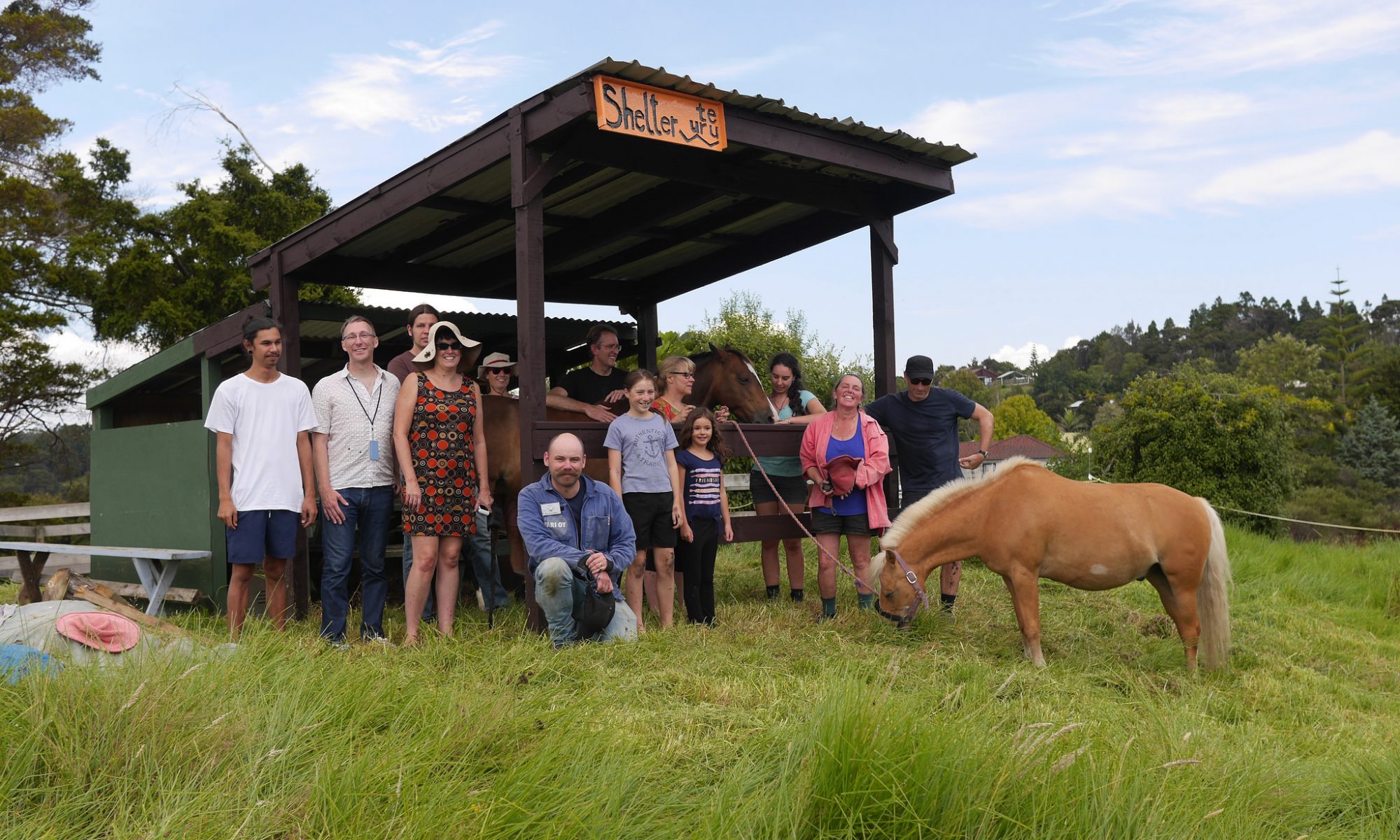I’m into manuals right now. It’s a new thing for me. I’m reading long technical manuals which guide how to use a tool or technology. I recently bought a Casio ProTrek PRG-40 watch from the year 2000. I bought it for cheep, a corner of the watch face has chipped of but it works. It’s a survivalist watch with a compass and an altimeter. Exactly something I wanted in my teens – It’s currently affordable and looks like a grotesque sculpture. The manual for the watch module qw2271 is incomprehensible. Being stressed by work I’ve spend my nights studying it.
I imagine reading a manual is like reading a bible. There are meta-narratives (altimeter operation guide is a promise of future adventures), key combos which I have to recite to remember and the entire manual opus, echoes a deterministic world-view: Read this and you will learn it, then you will know it – There is an order to life, sleep easy. This particular watch is so complicated to use that operating it makes me feel like an indoctrinated member of a clergy. I’m of the manual readers -clan.
Bibliographic Sound Track by Tan Lin speaks to me trough the manual and data management aesthetics. I relax when stuff is listed and written not to be read. Reading becomes a “syncopated or rhythmic process of absorbing information” and I really need to absorb information which I don’t need to use (in any fashion) to soothe the hurt timetabling and personal management causes.
… reading as in not reading one word after an other but as in navigating an architectural space … 15 years ago we would have never mistaken a owners manual with literature, but today. It’s easy …
I pre-ordered a M8 tracker/sampler/synth and was one of the lucky 300 800, who managed to source a unit from the first production batch. A large part of the appeal of the device is nostalgia (like with this 80ties dream watch) but also the complicated manual (draft). The operations look esoteric. Numbers are counted in hexadecimal and the sequencer commands resemble code. Navigation is based on key-combos. The developer also hosts meet-ups were beta-users share tricks on how to use it and everyone (developer included) seem surprised by the features of the device. There are behavioural patterns lurking in the design, which users are revealing trough meticulous study. The meet-ups are super long and I’ve watched a few… It’s like a manual as an audiobook and following them helps me to forget work.
Link talks about grey literature, stuff which is not intended to be read indefinitely. It is situated, temporal and in the case of the old Casio watch, reading is a process of engaging with something which is obsolete (necro-literature?). In the case of m8 the reading is speculative, the thing which the manuals describe is still in development. It does not exist. Reading it feels liberating or unburdening. In 2018 I discovered instrument demo-videos and that they feel liberating to listen. Here is a playlist of instrument tutorials I listen to as music.
I want a tool for sequencing songs. I’m stuck because I can only produce riffs. Orca/Norns has been great for this and jams even, but using it for songs would require an epiphany on how to work it (for me). The sampler Orca uses is feature rich but the synth implementation is not as advanced as with m8 (I don’t have much midi gear and the midi CC implementation of Orca is still weird too). I’ve never made songs in software… I’ve made riffs and sang over them but I feel stuck (and I can’t even sing out loud at ease in my cellar studio). The Little Sound DJ workflow (which m8 is an iteration of) supports Ableton Live style track-playback, which I think might be helpful. It also has a good midi support and I might be able to program a setup with automated KP3 effects for vocals. Also thinking about midi-to-cv stuff for future prosperity. Okko has been working with trackers and perhaps the m8 will find use!

